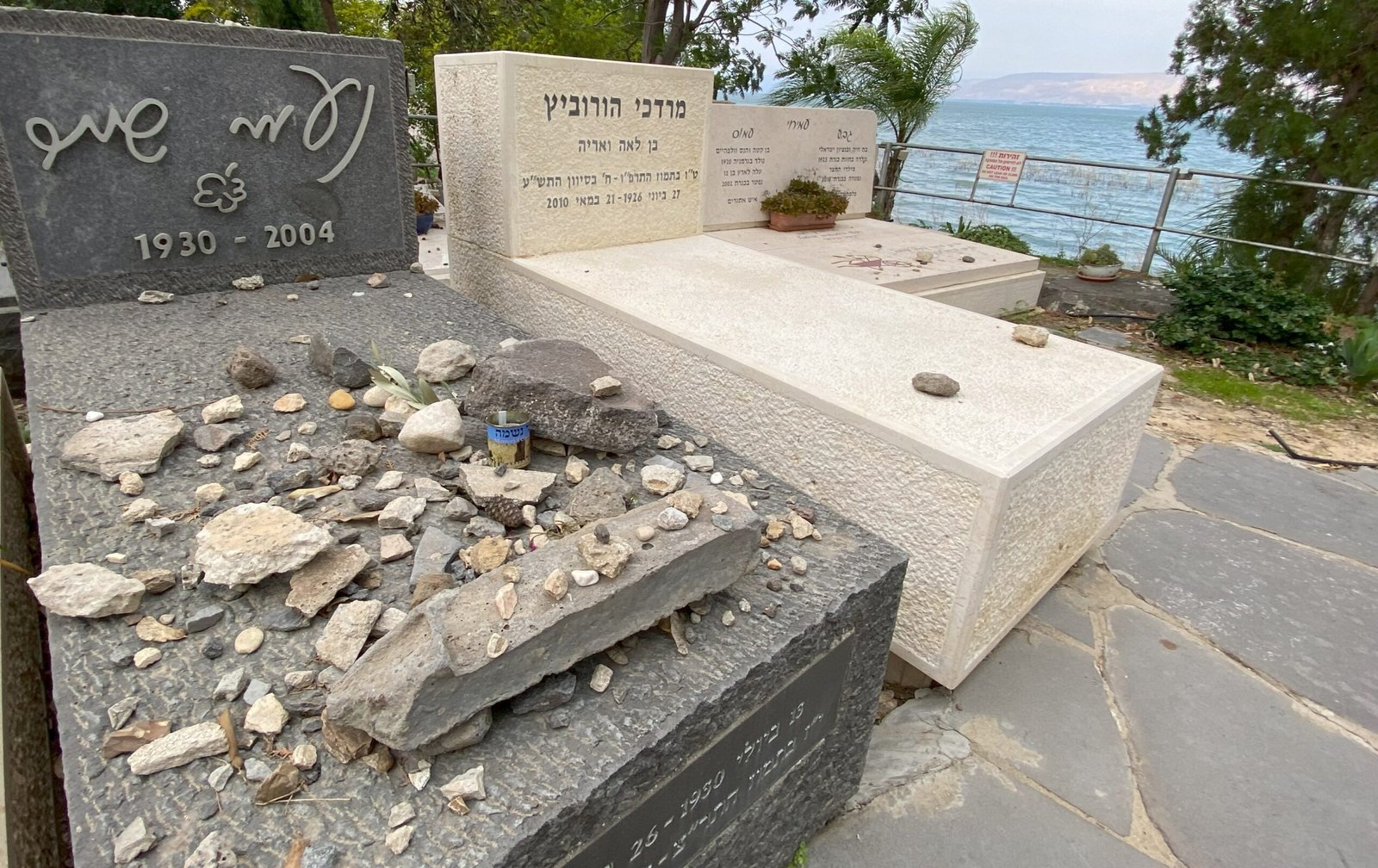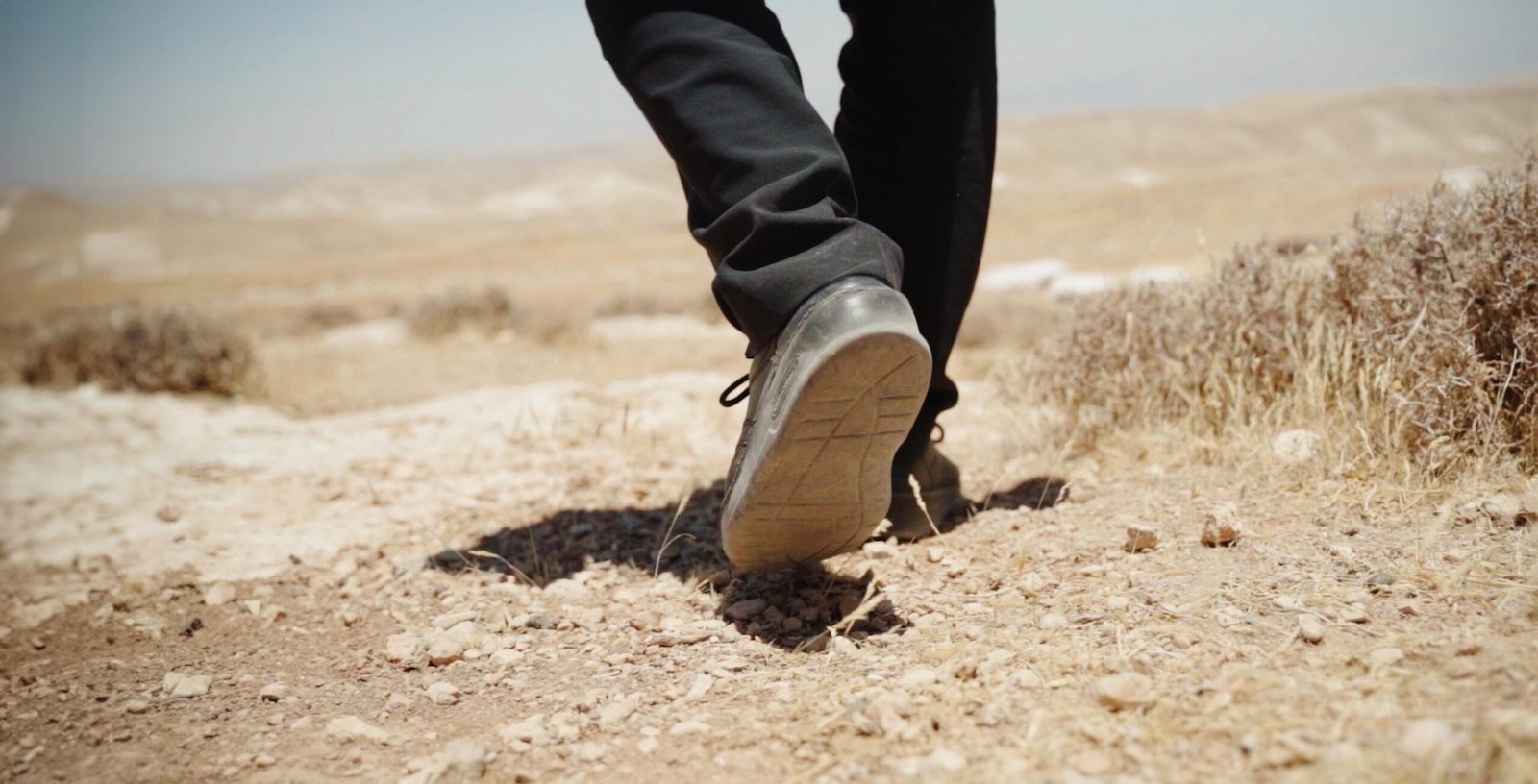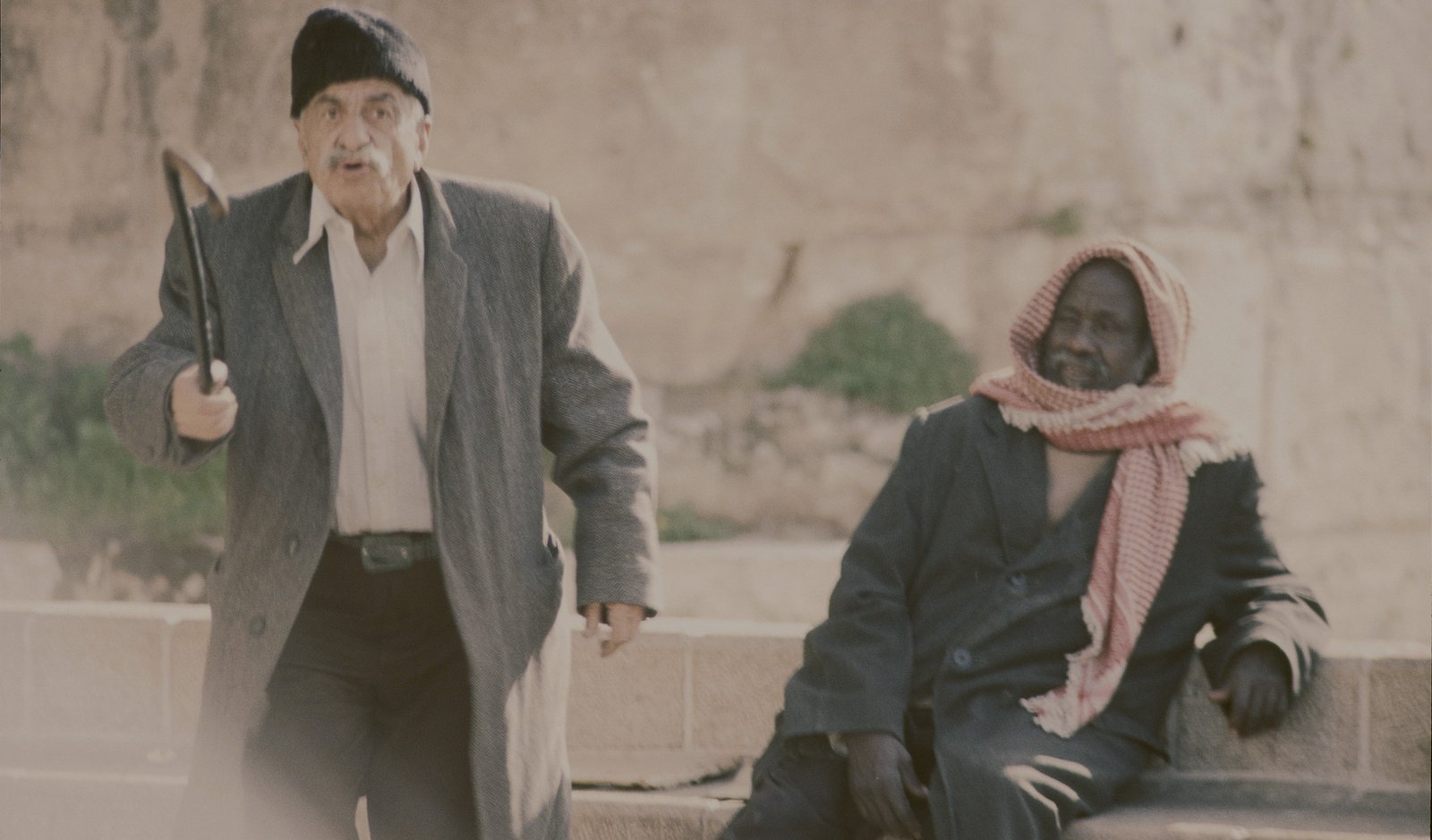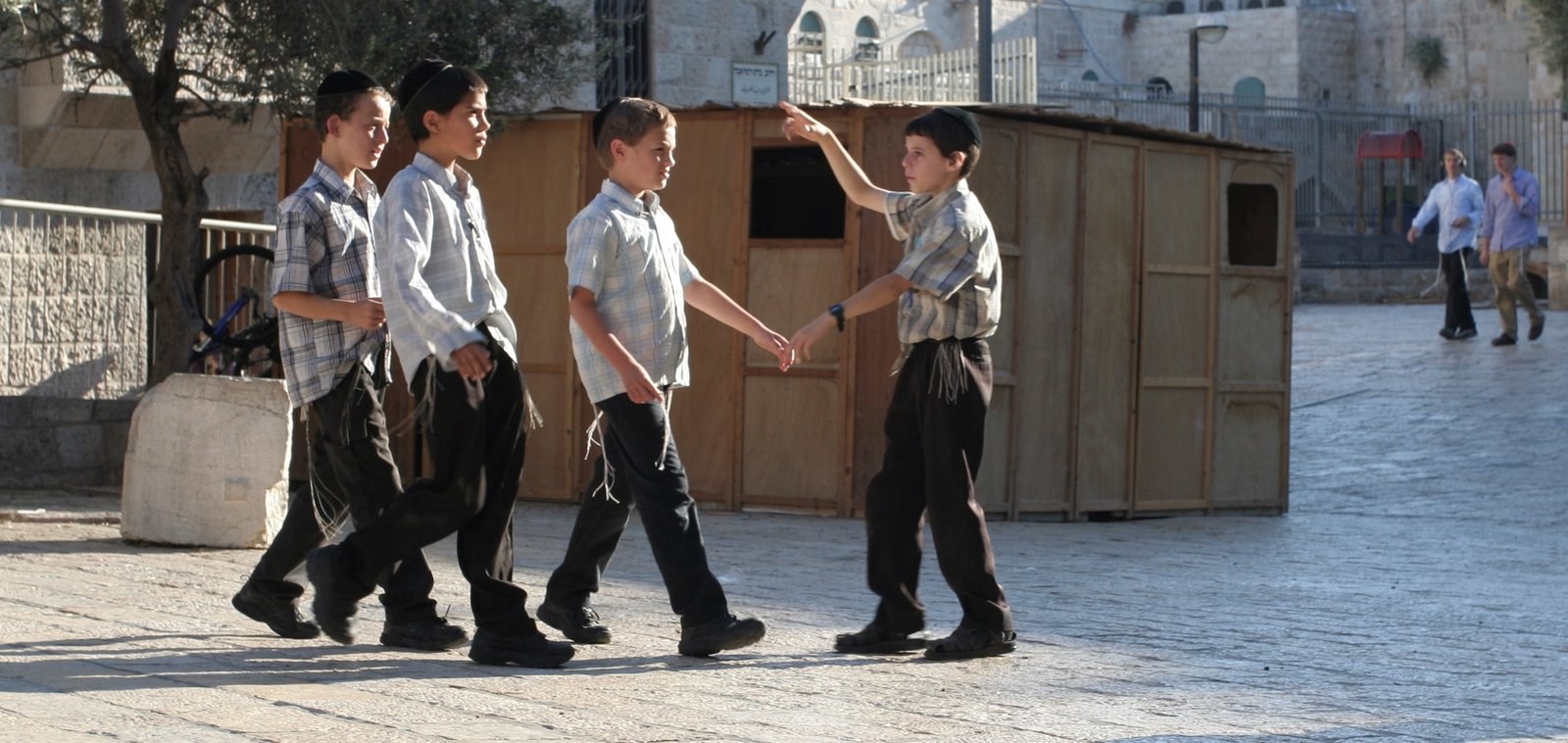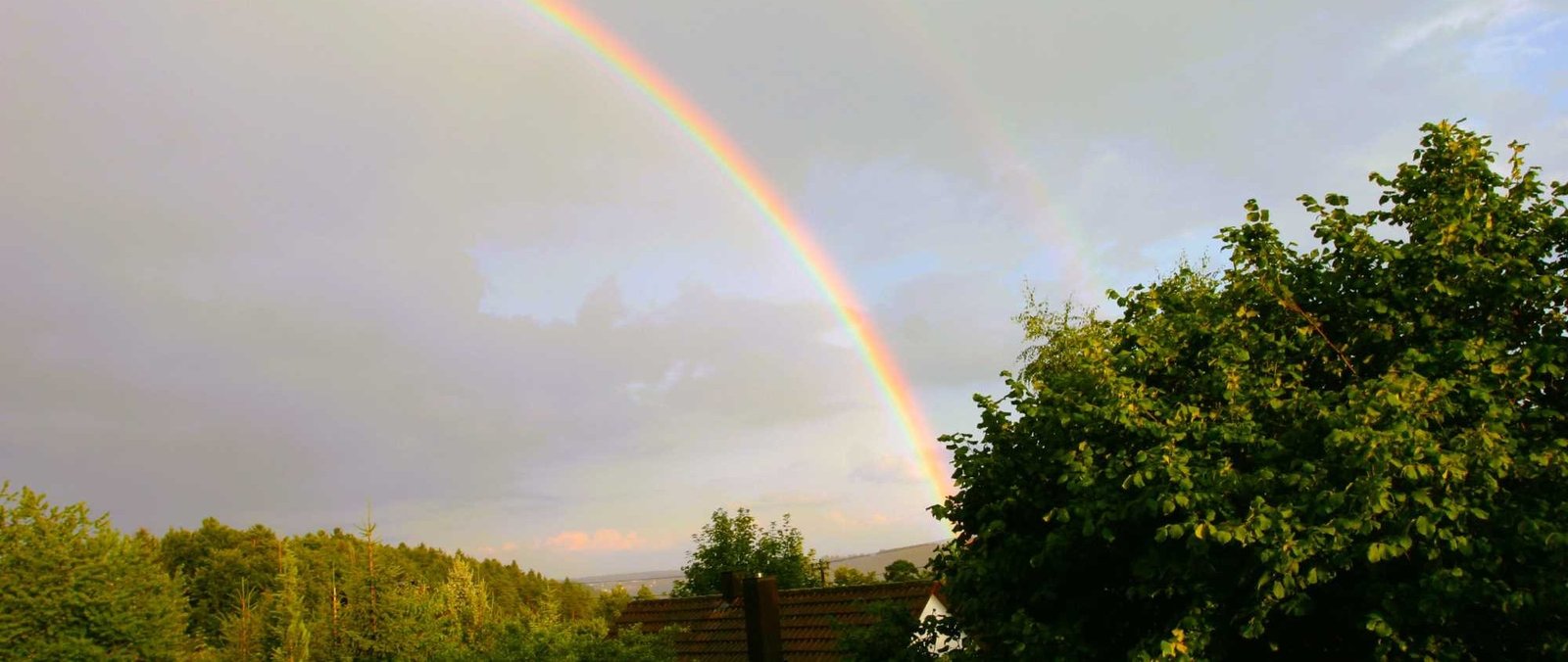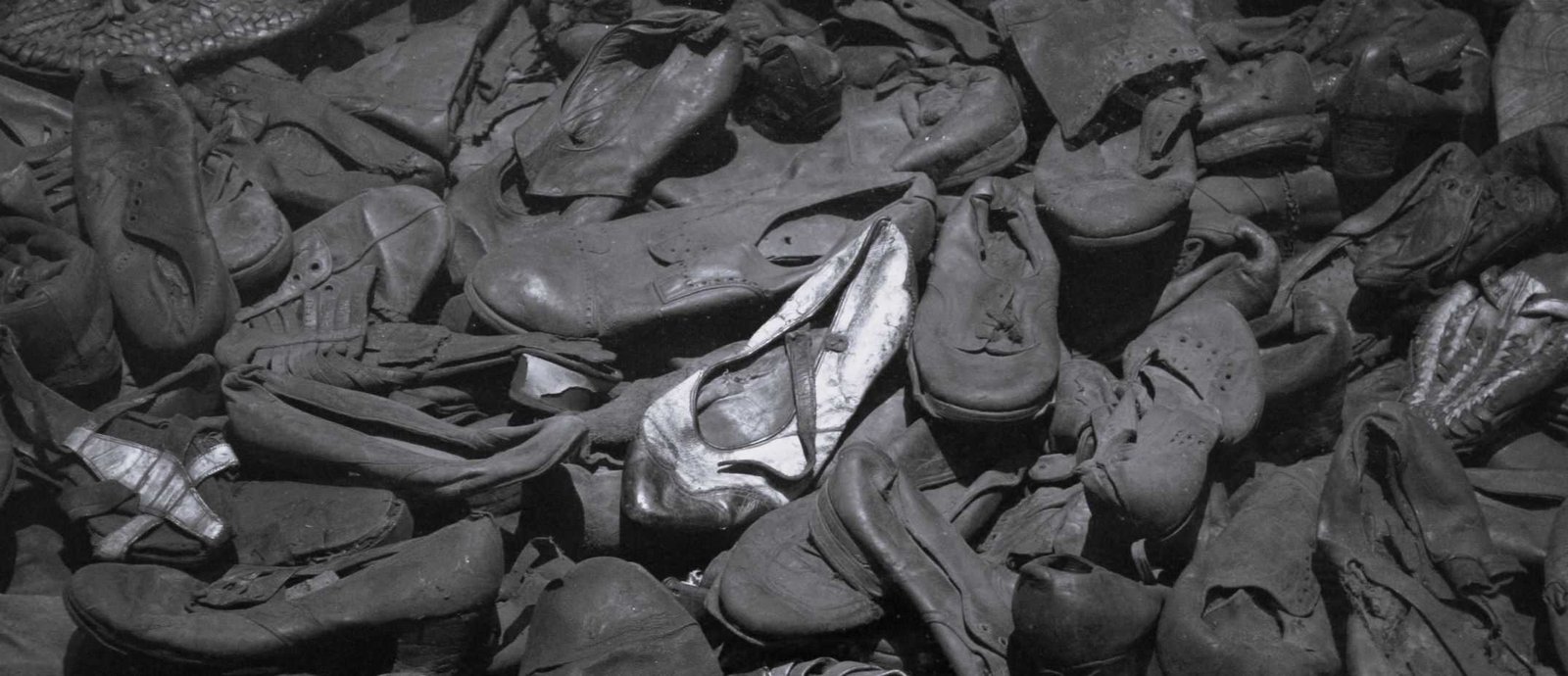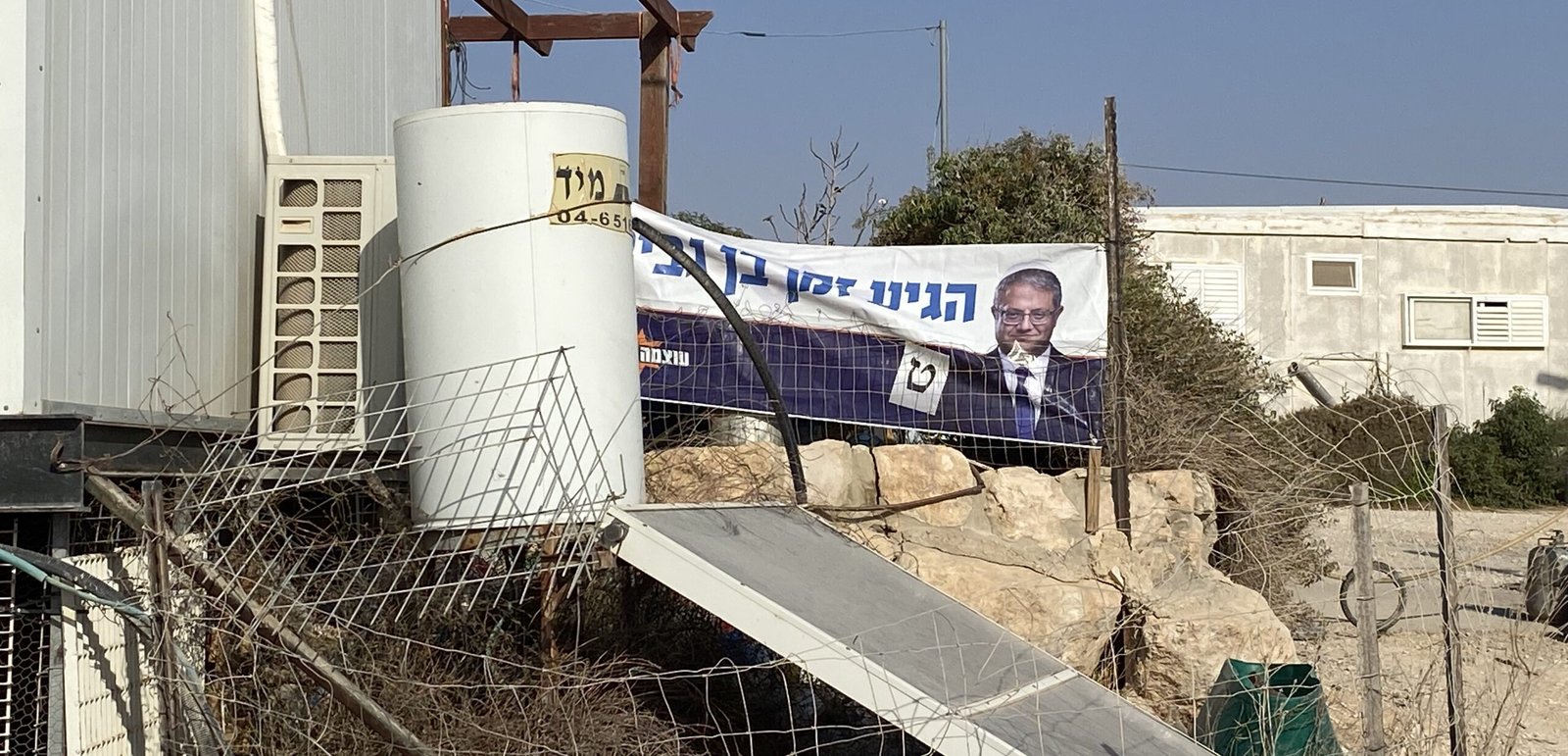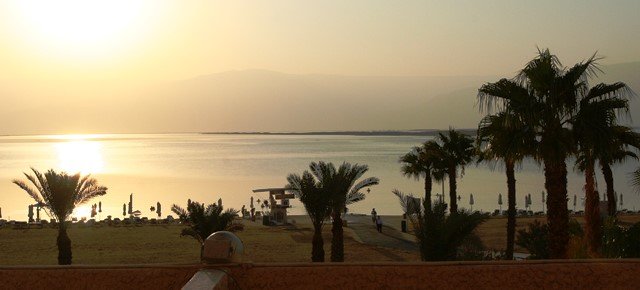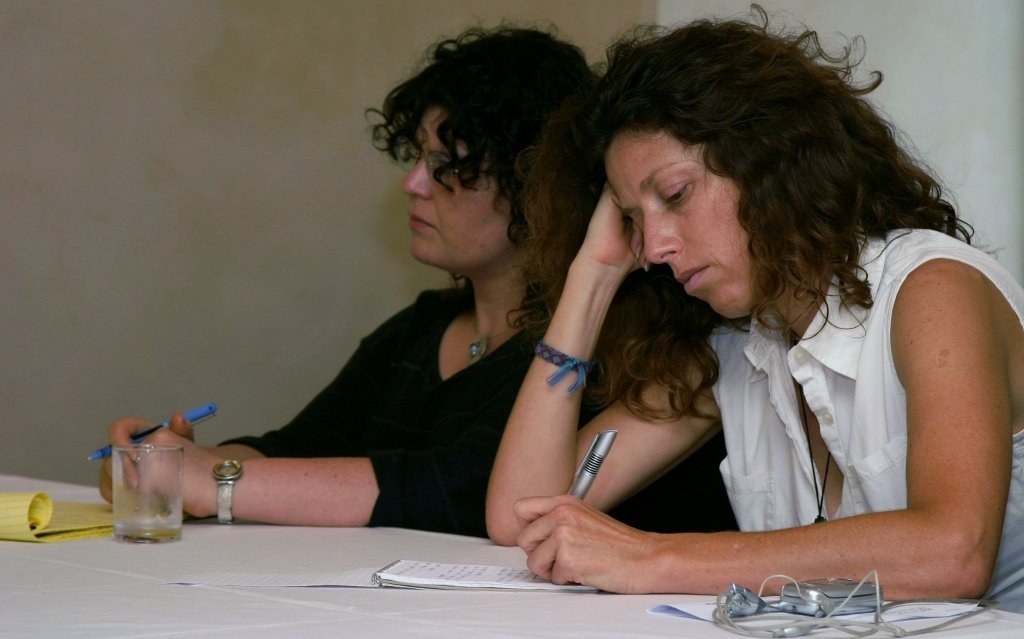Share This Story, Choose Your Platform!
“Succoth” is one of the three great biblical pilgrimage festivals (Exodus 34:23‑24). Next to Passover and the Feast of the Weeks (Pentecost), the Feast of Tabernacles is the greatest, the most desired, the most popular and definitively the most joyful family celebration in Judaism. In short: Succoth is “the feast” par excellence – and as such a stark contrast to the solemn silence of Yom Kippur.
Remembering forty years of wandering in the desert after the exodus from Egypt, Israel shall live for seven days in tabernacles, Hebrew “sukkot”, according to the divine command. During the period from the 15th to the 21st day of the Hebrew month Tishrei – this year these days are from October 5 to 11 – there are all over Israel “sukkot” on balconies, in front of houses, in gardens and porches, in parks and on parking lots. For one week all family life takes place in these tabernacles. Orthodox Jews even sleep at night in them.
Only the first and the last day of the Feast of Tabernacles are religious holidays. Then, all public life in Israel comes to a rest. In between these two days, however, many businesses in Israel are open, even though on a reduced base. This means, that working hours are shortened. Whatever can be postponed, will be done after the feast. Children are on school holidays and the whole country is full of trippers. In many places there is popular festivity.
In the synagogues special prayers are being recited during the whole Succoth week. On the Sabbath, the whole book of Ecclesiastes will be read. Most obvious are the “four kinds” of plants, that pious Jews carry in the morning with them for their prayers: a special citrus fruit, the “Etrog”, as well as branches of a palm tree, a myrtle and a willow (Leviticus 23:40). This “bouquet” receives in tradition a whole bunch of different symbolic meanings.
Next to the bouquet of the “four kinds” and the building of tabernacles, the main commandment for the Feast of Tabernacles is: “You shall rejoice in your feast, you and your son and your daughter, your male servant and your female servant, the Levite, the sojourner, the fatherless, and the widow who are within your towns” (Deuteronomy 16:14, ESV). According to Jewish tradition this commandment is absolutely binding – which has not been always easy. In recent years, the time of Succoth was not infrequently a time of political tension, when violent clashes unloaded.
The seventh day of the Feast of Tabernacles is “Hoshanah Raba”, a day of intercession for a good harvest in the following year, a complement to the great Day of Atonement. Therefore, it was established as a custom to spend the whole night in prayer and studying the Bible.
Like the first day, the eighth day of Succot is a day of rest. In a special way the congretations pray for rain – and frequently the first early rain in Israel falls just at the time of the Feast of Tabernacles.
During the Second Temple period a special libation ceremony was celebrated at Succoth. Possibly, Isaiah 12:3 remembers this: “With joy you will draw water from the wells of salvation” (ESV). Maybe in this context, we have to understand the words of Jesus, spoken just at the Feast of Tabernacles in the Temple in Jerusalem: “If someone is thirsty, let him come to me and drink. Whosoever believes in me, as the Scripture says, streams of living water will flow from within him” (John 7:37-38).
From the point of view of the New Testament, the Feast of Tabernacles is the only one of the three Jewish pilgrimage festivals, whose promises are not yet fulfilled. At Passover, Christians remember the crucifixion and resurrection of Jesus. On Shavuot, i.e. Pentecost, the Holy Spirit was poured out. Succoth, however, does not speak to a lot of Christians. The prophet Zechariah, however, predicted, that one day all gentile nations will come up to Jerusalem year after year “to celebrate Succoth. And if any of the families of the earth do not go up to Jerusalem to worship the King, the Lord of hosts, there will be no rain on them” (Zechariah 14:16-17).
With sunset of the last day of the Feast of Tabernacles commences the feast “Shemini Atzeret,” the “eighth day of gathering.” Even though this day succeeds Succoth immediately, it is a feast day of its own, for whom the commandment to sit in a tabernacle no longer applies. Also, the bouquet of the “four kinds” is no longer worn.
The synagogue services pursue a special plan in reading the Bible, that leads once a year through the whole of the Torah, the Pentateuch. With Shemini Atzeret this annual circle comes to a close. The last passage of Deuteronomy is being read, and immediately afterwards the first passage of Genesis. It is a special honor to recite the last passage of the Torah in public. The one who will achieve this honor will be the “bridegroom of the Torah.” Whoever will read the first words of the Holy Scriptures – “In the beginning God created the heavens and the earth…” – will be the “bridegroom of the beginning.”
For joy that God has entrusted the Torah, His word, to His people, Jewish worshippers on eve of this feast take all their Torah scrolls out of the Torah shrine. Carrying the precious scrolls in their arms, the men sing and dance in a long procession in their synagogues. In religious living quarters, these celebrations of joy can be extended for several hours and continue outside in the streets. For this reason, this day is known also as “Rejoicing with the Torah”, “Simchat Torah.”



